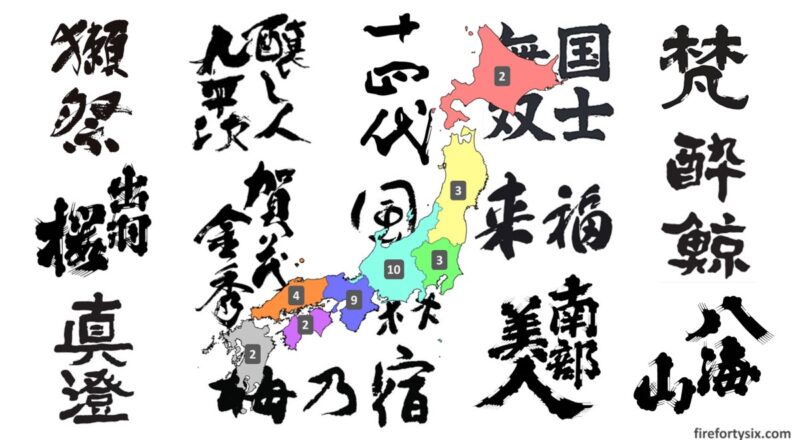Japan consists of 47 prefectures grouped into eight regions, nine if you don’t lump Okinawa together with Kyūshū.
I’ve never really thought much about this before we started drinking sake seriously. Just like how I didn’t quite bother to learn about Ethiopian geography until we went down the specialty coffee rabbit hole.
But after sampling 35 different Japanese sakes over many years, I was curious if we had indirectly covered the length and breadth of the country through our sake journey. So I fired up Google and found a map that identified each of the 47 prefectures and eight regions.
Starting from Hokkaidō (北海道) up in the north, to Tōhoku (東北), Kantō (関東), Chūbu (中部), Kansai (関西) and Chūgoku (中国) on the main island of Honshu, to Shikoku (四国) and finally Kyūshū (九州) all the way down south.
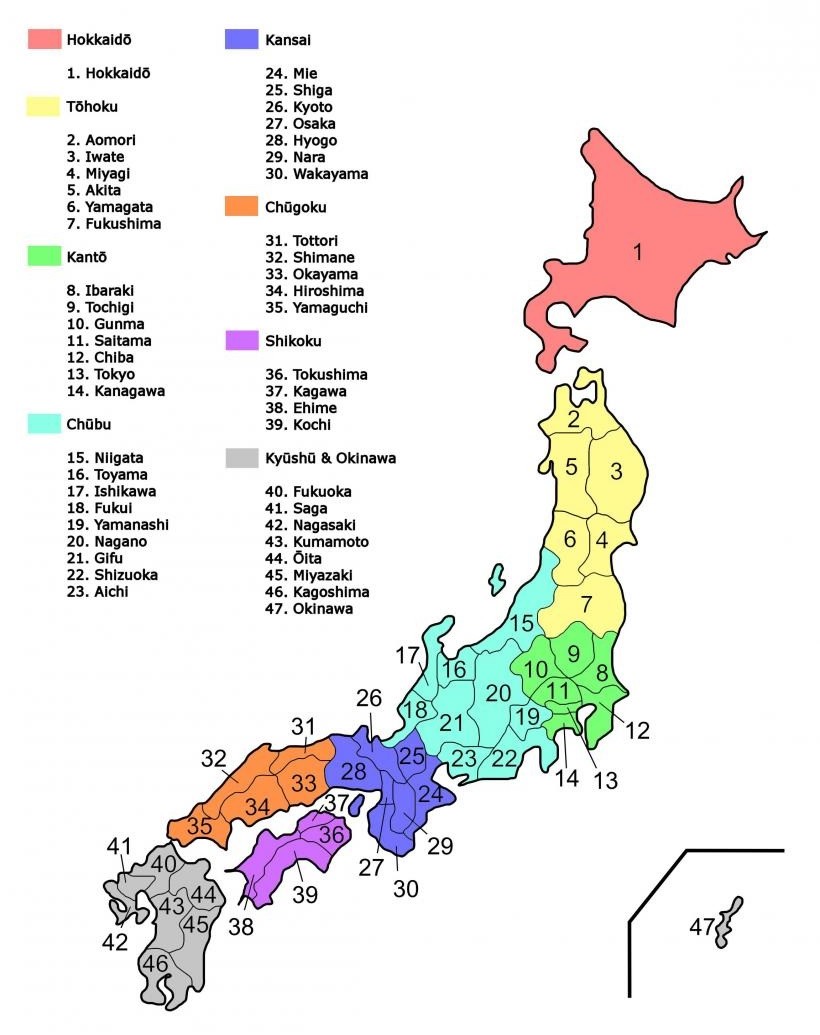
Armed with this list, I inventorised all the sake that we had drunk, and grouped them into their respective regions. I was quite confident that we would have covered most, if not all, of the eight regions, but there was only one way to be sure.
Ikimasho!
1. Hokkaidō (北海道)
| Name | Grade | Prefecture |
|---|---|---|
| Takasago Ichiya Shizuku | Junmai | Hokkaidō |
| Takasago Asahikamui | Junmai Daiginjo | Hokkaidō |
It’s fitting that first in the list is Takasago Ichiya Shizuku, a sake that our Hokkaidō tour guide recommended. When we opened it at home after the trip, it was easily the smoothest sake we’d ever had. It opened our eyes to what good sake could taste like, and was the seed of our current sake exploration.

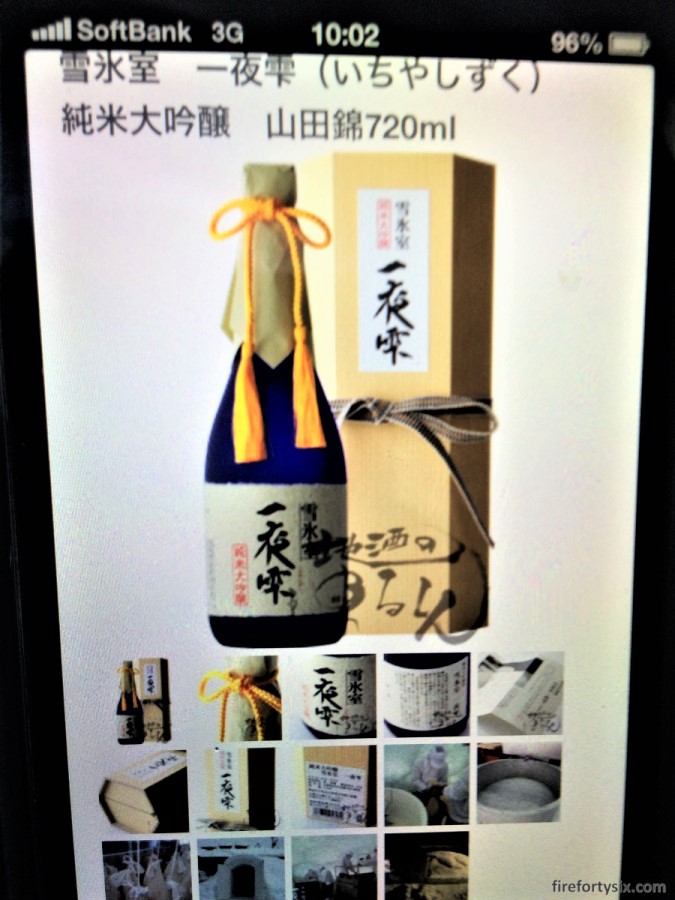
We’ve been on a constant lookout, both in Singapore and Japan, for that specific bottle but without any success. The only other Hokkaidō sake we’ve tried is a junmai daiginjo from the same brewery, courtesy of our good friend JM, which was also really nice.
2. Tōhoku (東北)
| Name | Grade | Prefecture |
|---|---|---|
| Dewazakura Yukimegami 48 | Junmai Daiginjo | Yamagata |
| Juyondai Nakadori | Junmai | Yamagata |
| Otokoyama Sakemirai | Junmai Ginjo | Yamagata |
| Nanbubijin Sakemirai Tenkei | Junmai Daiginjo | Iwate |
Crossing the Tsugaru Strait down to Tōhoku, we step into Aomori, which is arguably more famous for its apples. Moving further south brings us to Yamagata, which was the first prefecture to be granted the coveted Geographical Indication (GI) for its sake.
Yamagata is home to the supremely sought after Juyondai (十四代). I’ve only had a few glasses of Juyondai before, and they’ve always been in Japan. Mainly because they are crazy expensive in Singapore, as in more than S$800 a bottle crazy.
But the prefecture also produces other oishii and exponentially more affordable sake like the lovely Dewazakura Yukimegami 48 Junmai Daiginjo, a sweet and fruity drink with a nice long finish that’s great as an apéritif.
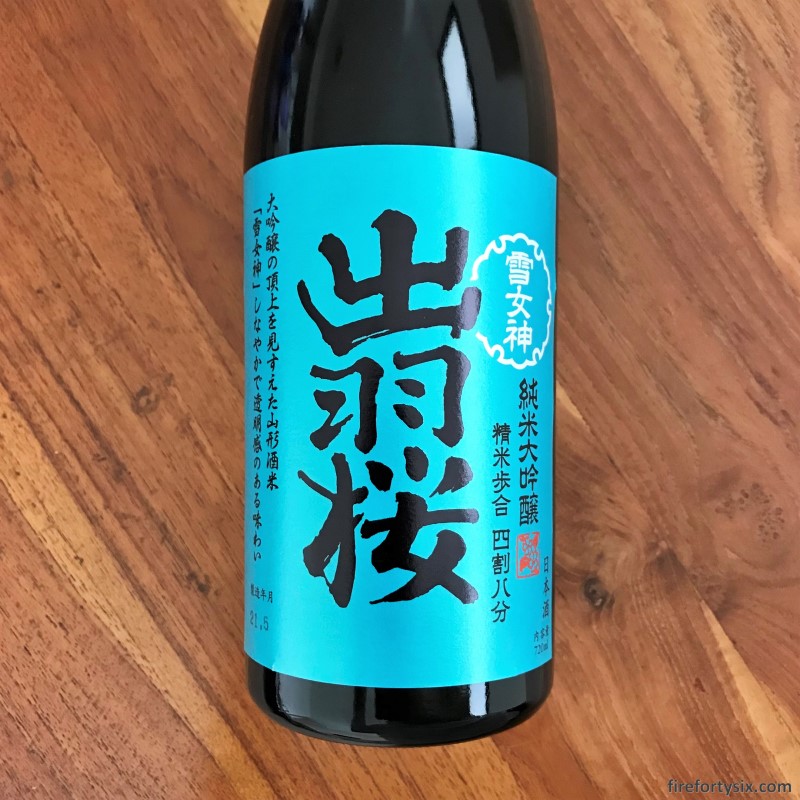
3. Kantō (関東)
| Name | Grade | Prefecture |
|---|---|---|
| Raifuku Aiyama | Junmai Ginjo | Ibaraki |
| Senkin Modern Muku | Junmai Daiginjo | Tochigi |
| Asamayama Uraka | Tokubetsu Junmai | Gunma |
The most famous prefecture in Kantō is Tokyo, which hardly produces any sake. Luckily, the other prefectures help make up for the shortfall, including Ibaraki on the eastern coast. Among all the Kantō sake that we’ve drunk so far, which admittedly is a small number, the Raifuku Aiyama Junmai Ginjo has impressed us the most.
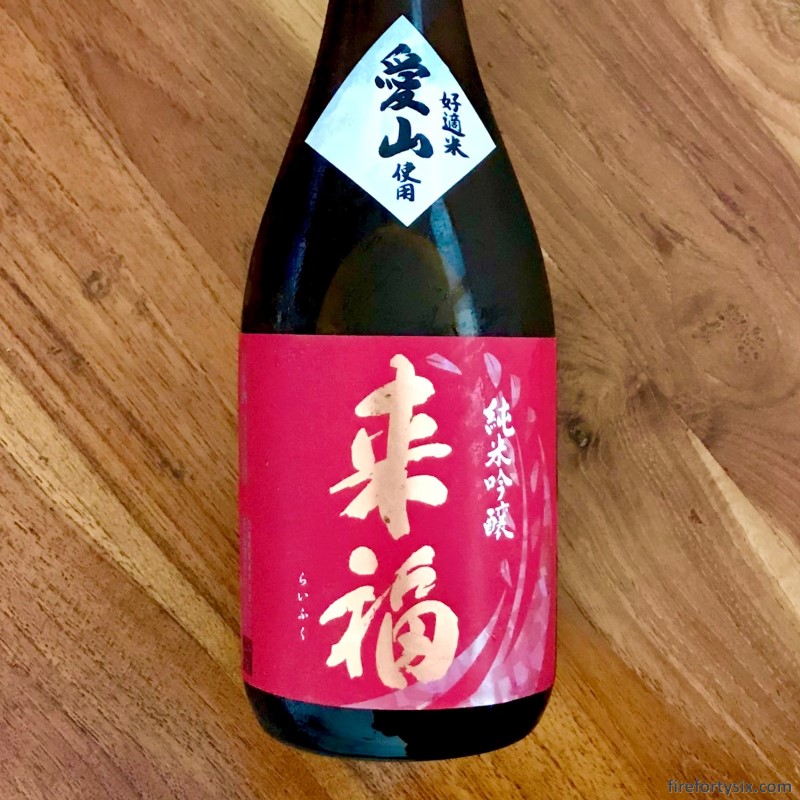
We had a glass over lunch at Tanoke and its medium sweet flavour with notes of rose and lychee paired well with the strongly-flavoured chicken karaage, gobo age and seafood donburi.
4. Chūbu (中部)
| Name | Grade | Prefecture |
|---|---|---|
| Born Gold | Junmai Daiginjo | Fukui |
| Born Ginsen | Junmai Daiginjo | Fukui |
| Born Migaki 55 | Junmai Ginjo | Fukui |
| Kuheiji Eau Du Desir | Junmai Daiginjo | Aichi |
| Tenryohomare Karakuchi | Ginjo | Nagano |
| Meikyoshisui Nippon No Natsu | Junmai | Nagano |
| Masumi Sanka | Junmai Daiginjo | Nagano |
| Kubota | Junmai Daiginjo | Niigata |
| Kubota Senju | Junmai Ginjo | Niigata |
| Hakkaisan | Junmai Daiginjo | Niigata |
Unlike the previous regions, Chūbu is absolutely prolific. We’ve had so many bottles from the region, including a couple of standouts like the delicate Kuheiji Eau Du Desir and aromatic Tenryohomare Karakuchi.
But our clear favourite is the Born Gold Junmai Daiginjo from Kato Kichibee brewery in Fukui. This robust muroka sake with hints of honey is The Wife’s favourite, and we always have a bottle sitting in our fridge.
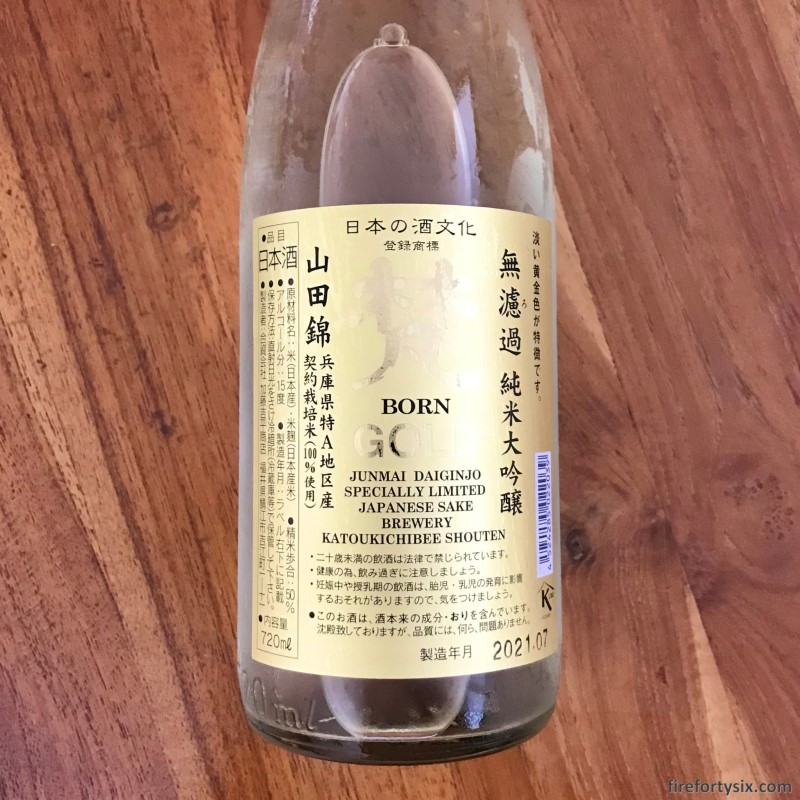
5. Kansai (関西)
| Name | Grade | Prefecture |
|---|---|---|
| Kaze No Mori Alpha 1 | Junmai | Nara |
| Umenoyado Unfeigned Cuvee | Junmai Daiginjo | Nara |
| Umenoyado WT | Junmai Daiginjo | Nara |
| Umenoyado | Junmai Ginjo | Nara |
| Nihonsakari | Junmai Daiginjo | Hyōgo |
| Sakari | Junmai Daiginjo | Hyōgo |
| Sakari | Junmai Ginjo | Hyōgo |
| Ozeki | Junmai Daiginjo | Hyōgo |
| Gekkeikan | Junmai Daiginjo | Kyōto |
Coming in second is Kansai, home to Umenoyado which produces our favourite yuzu sake. It’s also the birthplace of Kaze No Mori, named after a mountain pass in Nara. I’ve heard so much about the Alpha series and chalked it down to hype and clever marketing.
That is, until I finally relented and bought a bottle of the Alpha 1.
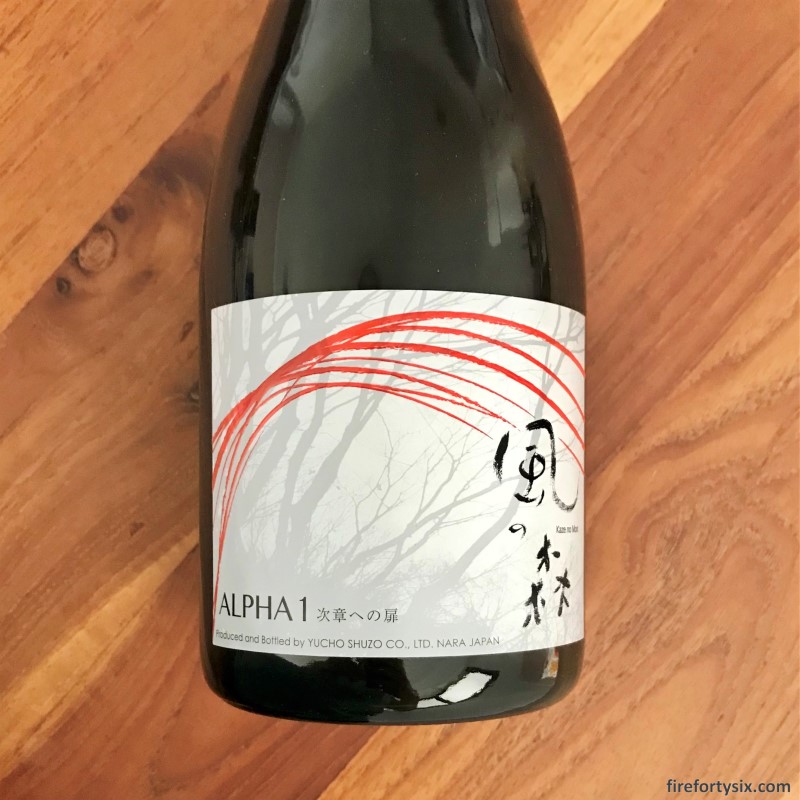
The first sniff revealed a fruity fragrance with strong melon notes. It was pleasantly sweet with a light acidity, gentle effervescence and just a hint of umami. I was glad that I didn’t discover this bottle too early, because it overshadowed everything else I’ve tried.
It was so amazing that I’m now on a quest to sample all the bottles in the Kaze No Mori Alpha series. Each of them comes with a dramatic descriptor, which I would have brushed off previously as a gimmick, but now take very seriously.
- Alpha 1: Gateway to the Next Chapter
- Alpha 2: The Height of Refinement
- Alpha 3: Bridge to the World
- Alpha 4: A New Hope
- Alpha 5: Exploring Warm Sake
- Alpha 6: Respect for No. 6
- Alpha 7: Once-in-a-lifetime Encounters
- Alpha 8: Power of the Ground
6. Chūgoku (中国)
| Name | Grade | Prefecture |
|---|---|---|
| Kamokinshu 13 | Tokubetsu Junmai | Hiroshima |
| Ohmine 3 Grains | Junmai Daiginjo | Yamaguchi |
| Dassai 45 | Junmai Daiginjo | Yamaguchi |
Chūgoku is where you find Yamaguchi prefecture, and Yamaguchi is where you find Dassai (獺祭). You can find it almost everywhere nowadays, not just within Japan but also in many international markets. It offers consistent quality and is always a dependable, albeit somewhat unexciting, choice.
But Chūgoku also produces other delicious sake that’s not as widely exported, like the Kamokinshu 13 Tokubetsu Junmai. I still haven’t found it for sale at any online or retail store in Singapore, so we’ll just have to head back to Izakaya Niningashi when we want to drink it again.
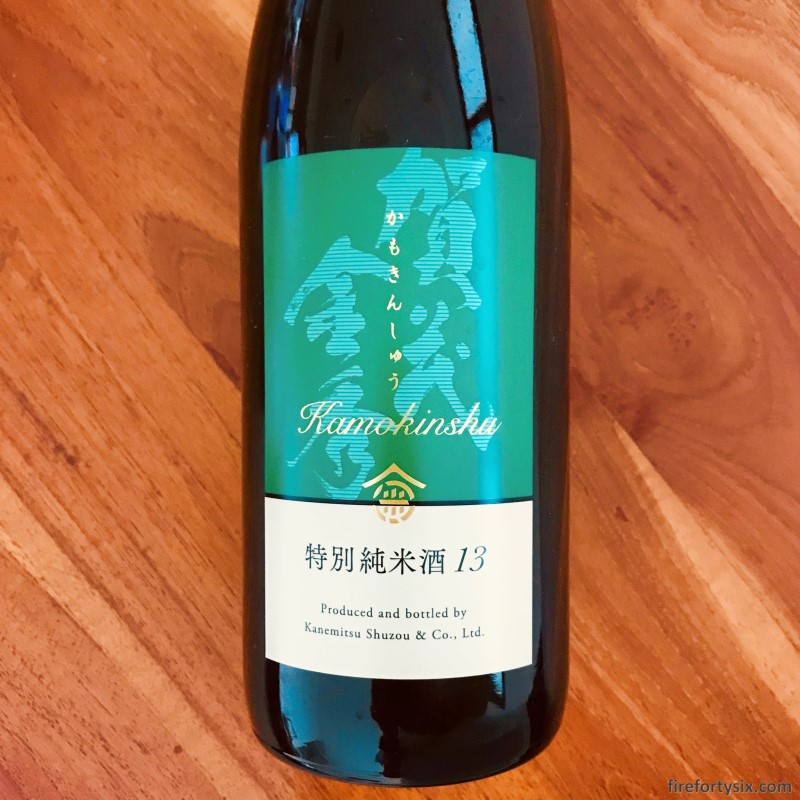
7. Shikoku (四国)
| Name | Grade | Prefecture |
|---|---|---|
| Keigetsu Cel 24 | Junmai Daiginjo | Kōchi |
| Suigei | Tokubetsu Junmai | Kōchi |
Before I tried the Kaze No Mori Alpha 1, my favourite sake was the Keigetsu Cel 24 Junmai Daiginjo. Despite sporting an SMV of -4.0, it’s not excessively sweet. It has rich fruity notes of pineapple and banana, and is great either on its own or when paired with food.
It’s a steady and dependable all-rounder, and makes me want to try out other bottles from Keigetsu, including their sparkling sakes and non-junmai daiginjos.

8. Kyūshū (九州)
| Name | Grade | Prefecture |
|---|---|---|
| Hakata Ippon Shime | Junmai | Fukuoka |
| Miino Kotobuki Biden Ookarakuchi | Junmai | Fukuoka |
Similar to northernmost Hokkaidō, we also haven’t tried many sakes from southernmost Kyūshū. We’ve only had two glasses, both during an uni and ikura tasting event at Ippudo (yes, the ramen chain).
They weren’t particularly memorable, but I’m sure Kyūshū has more to offer. Especially since it has Saga prefecture, which obtained its GI designation in June 2021. I just have to keep an active lookout for it the next time I replenish our sake inventory.
Stretch Goal
Looks like my initial guess was correct, we have actually tried sake from all the eight regions of Japan. With Chūbu and Kansai taking the lead, and Hokkaidō and Kyūshū bringing up the rear.
It would be a waste to just stop here.
After all, there are 47 prefectures in Japan and all of them, except Okinawa, produce sake. Okinawa does make awamori though, a distilled spirit from rice, which I haven’t tried before.
So, time to embark on a target to drink sake from all 47 prefectures (including awamori from Okinawa). I already have a head start, since the list above includes 17 (36%) of them.
The sake journey continues.
